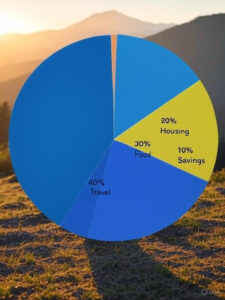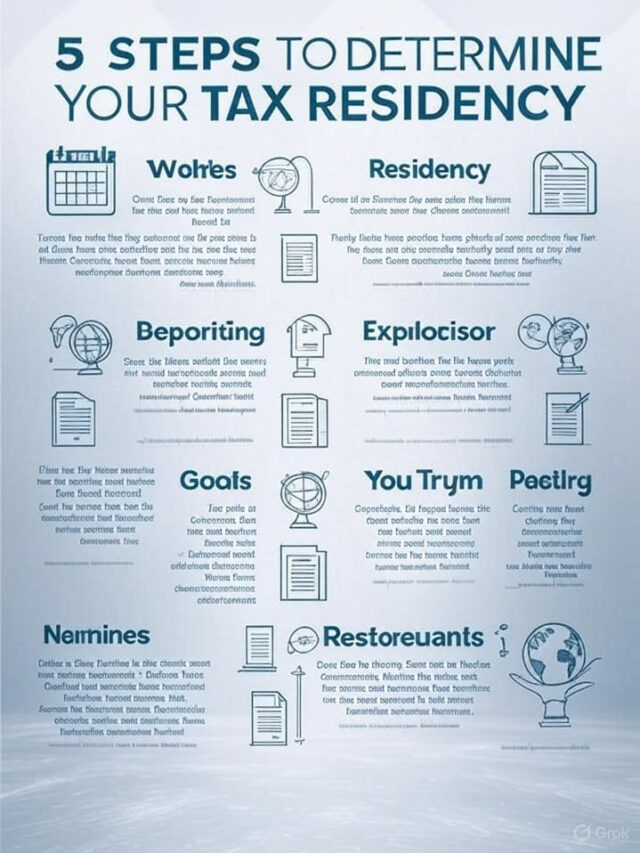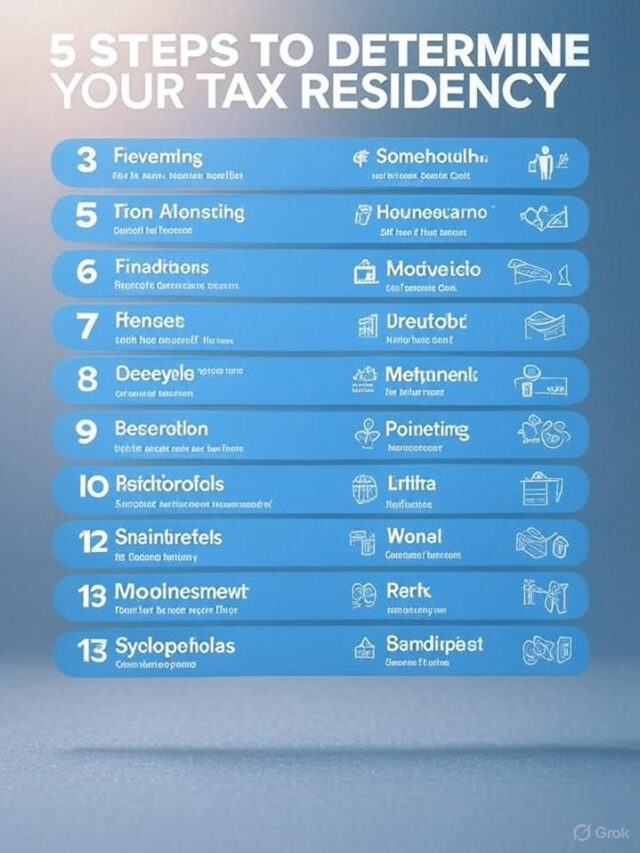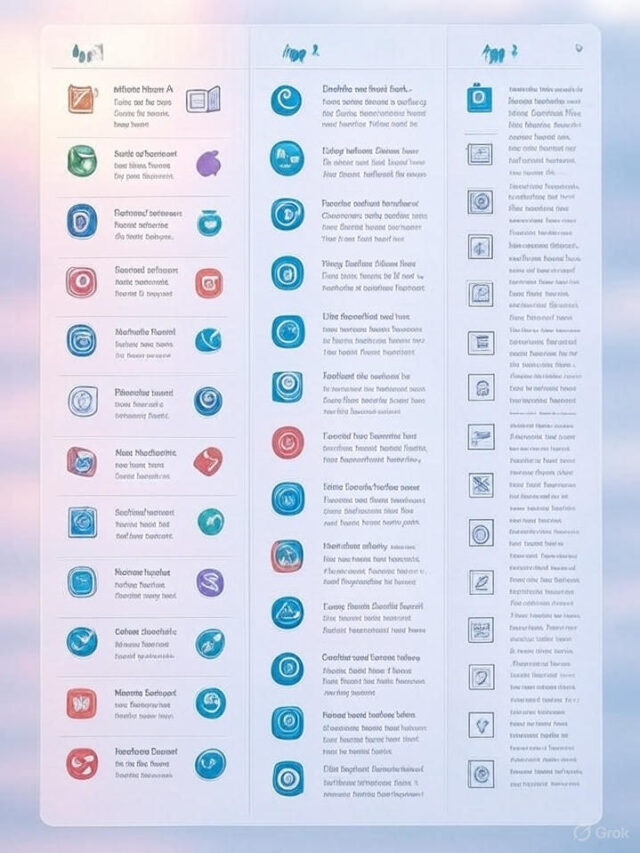
Why Mental Health Care Gaps Are Holding Us Back (And How to Fix Them!)
Imagine a world where everyone who needs mental health support can get it—without jumping through hoops, emptying their wallets, or facing judgment. Sounds like a dream, right? Yet, for millions, mental health care gaps are a harsh reality, blocking access to life-changing therapy and support. These gaps—whether due to cost, stigma, or lack of providers—are more than just inconveniences; they’re barriers to healing and happiness. But here’s the good news: we can bridge these gaps with practical solutions and a little determination. Let’s dive into why mental health care gaps matter and how we can close them for good!
Table of Contents
What Are Mental Health Care Gaps?
Why Do Mental Health Care Gaps Exist?
The Impact of Mental Health Care Gaps
Solutions to Bridge Mental Health Care Gaps
Conclusion: A Brighter Future Awaits
FAQ
What Are Mental Health Care Gaps?
You’re struggling with anxiety, but the nearest therapist is 50 miles away, costs $150 per session, and doesn’t take your insurance. That’s a mental health care gap—a barrier that stops people from getting the help they need. These gaps come in many forms, like limited access to providers, high costs, or societal stigma that makes seeking help feel shameful. According to the National Alliance on Mental Illness (NAMI), nearly 60% of adults with a mental health condition didn’t receive treatment in the past year due to such barriers. It is not only a statistic, but also a wake-up call.
Mental health care gaps aren’t just about access; they’re about fairness. Everyone deserves a shot at mental wellness, but these gaps hit hardest in underserved communities, rural areas, and among those with lower incomes. The good news? Understanding these gaps is the first step to smashing them.
Why Do Mental Health Care Gaps Exist?
So, why are these gaps so stubborn? Lets find it step by step:
-
Not Enough Providers: The U.S. faces a shortage of mental health professionals. The Health Resources and Services Administration (HRSA) estimates a shortage of over 6,000 psychiatrists in rural and underserved areas. Fewer providers mean longer wait times and less access.
-
Sky-High Costs: Therapy isn’t cheap. A single session can cost $100–$200 without insurance, and even with coverage, copays and deductibles add up. For many, that’s a choice between therapy and groceries.
-
Stigma’s Still a Thing: Despite progress, some folks feel embarrassed or judged for seeking help. Cultural & traditional beliefs or social fear of being labeled as “mentally weak” preventing people to reaching out.
-
Geographic Barriers: If you live in a rural area, you might need to drive hours to see a therapist. Telehealth helps, but spotty internet or lack of tech can make it a no-go.
-
Insurance Woes: Not all plans cover mental health services adequately. Some folks find their insurance doesn’t cover therapy at all, leaving them stuck.
These aren’t just problems—they’re puzzles we can solve with creativity and commitment.

The Impact of Mental Health Care Gaps
Mental health care gaps don’t just inconvenience people; they ripple out, affecting families, workplaces, and communities. Here’s how:
-
Worsening Mental Health: Without access, conditions like depression or anxiety can spiral. The World Health Organization (WHO) notes that untreated mental health issues contribute to 14% of the global disease burden. That’s huge!
-
Economic Fallout: Mental health struggles cost the U.S. economy over $200 billion annually in lost productivity, per the American Psychiatric Association. When people can’t get help, they’re less likely to thrive at work or school.
-
Strain on Relationships: Unaddressed mental health issues can lead to misunderstandings, conflicts, or isolation, putting stress on families and friends.
-
Higher Healthcare Costs: People without mental health support often turn to emergency rooms for crises, driving up costs. NAMI reports that 1 in 4 ER visits involves a mental health or substance use issue.
Take Niyati, a single mom in a small village. She battled anxiety but couldn’t afford therapy or find a local provider. Her symptoms worsened, affecting her job and her kids. Stories like hers show why closing mental health care gaps is urgent.
Solutions to Bridge Mental Health Care Gaps
Now, let’s get to the exciting part: solutions! We’re not helpless against mental health care gaps. Here are actionable ways to bridge them, inspired by experts and real-world successes:
Expand Telehealth Access:
Teletherapy has exploded, with platforms like BetterHelp and Talkspace making therapy available online.
Communities can invest in better internet infrastructure to ensure rural areas aren’t left out.
Example: During the pandemic, telehealth visits for mental health surged by 50%, per the Kaiser Family Foundation, proving it works!
Train More Providers:
Programs like loan forgiveness for mental health professionals who work in underserved areas can attract talent.
Peer support specialists—trained individuals with lived experience—can fill gaps where therapists are scarce.
Make Therapy Affordable:
Sliding-scale fees, where providers charge based on income, can help.
Advocacy for better insurance coverage, like the Mental Health Parity Act, ensures mental health is treated like physical health.
Example: Some nonprofits offer free or low-cost counseling, like Open Path Collective, serving thousands annually.
Bust the Stigma:
Public campaigns, like Bell Let’s Talk in Canada, normalize mental health conversations.
Schools and workplaces can host workshops to encourage seeking help without shame.
Community-Based Solutions:
Mobile mental health clinics can bring services to remote areas.
Support groups, led by trained facilitators, offer low-cost, accessible options.
Imagine if every town had a mobile clinic or every workplace offered free mental health workshops. These steps aren’t pipe dreams—they’re happening in pockets across the country, and we can scale them up!
A Brighter Future Awaits
Mental health care gaps are a challenge, but they’re not unbeatable. By understanding the barriers—cost, stigma, access—and embracing solutions like telehealth, affordable care, and stigma-busting campaigns, we can create a world where mental health support is within everyone’s reach. Let’s close these mental health care gaps together and build a future where no one is left behind. Ready to be part of the change?
FAQ
Q: What are mental health care gaps?
A: Mental health care gaps are barriers—like cost, lack of providers, or stigma—that prevent people from accessing mental health services.
Q: How common are mental health care gaps?
A: Very common. NAMI reports that 60% of adults with mental health conditions didn’t get treatment in the past year due to access issues.
Q: Can telehealth really help with mental health care gaps?
A: Absolutely! Telehealth has increased access by 50% in recent years, especially for those in rural areas or with mobility issues.
Q: How can I help close mental health care gaps?
A: Advocate for better policies, support local mental health programs, or simply talk openly about mental health to reduce stigma.
Q: Are there affordable therapy options?
A: Yes! Look into sliding-scale clinics, nonprofit counseling services like Open Path Collective, or online platforms with lower rates.


Tax Strategies for Digital Nomads: A Comprehensive Guide to Staying Compliant and Saving Money


Saving Money as a Digital Nomad: A Comprehensive Guide to Financial Freedom


The Best Budgeting Apps for Digital Nomads: Managing Finances on the Go


AI Writing Tools: Your Ultimate Guide to Smarter Content Creation in 2025

Pages
Categories

Retirement Planning for Digital Nomads: A Roadmap to Financial Freedom on the Move

Tax Strategies for Digital Nomads: A Comprehensive Guide to Staying Compliant and Saving Money


Saving Money as a Digital Nomad: A Comprehensive Guide to Financial Freedom












